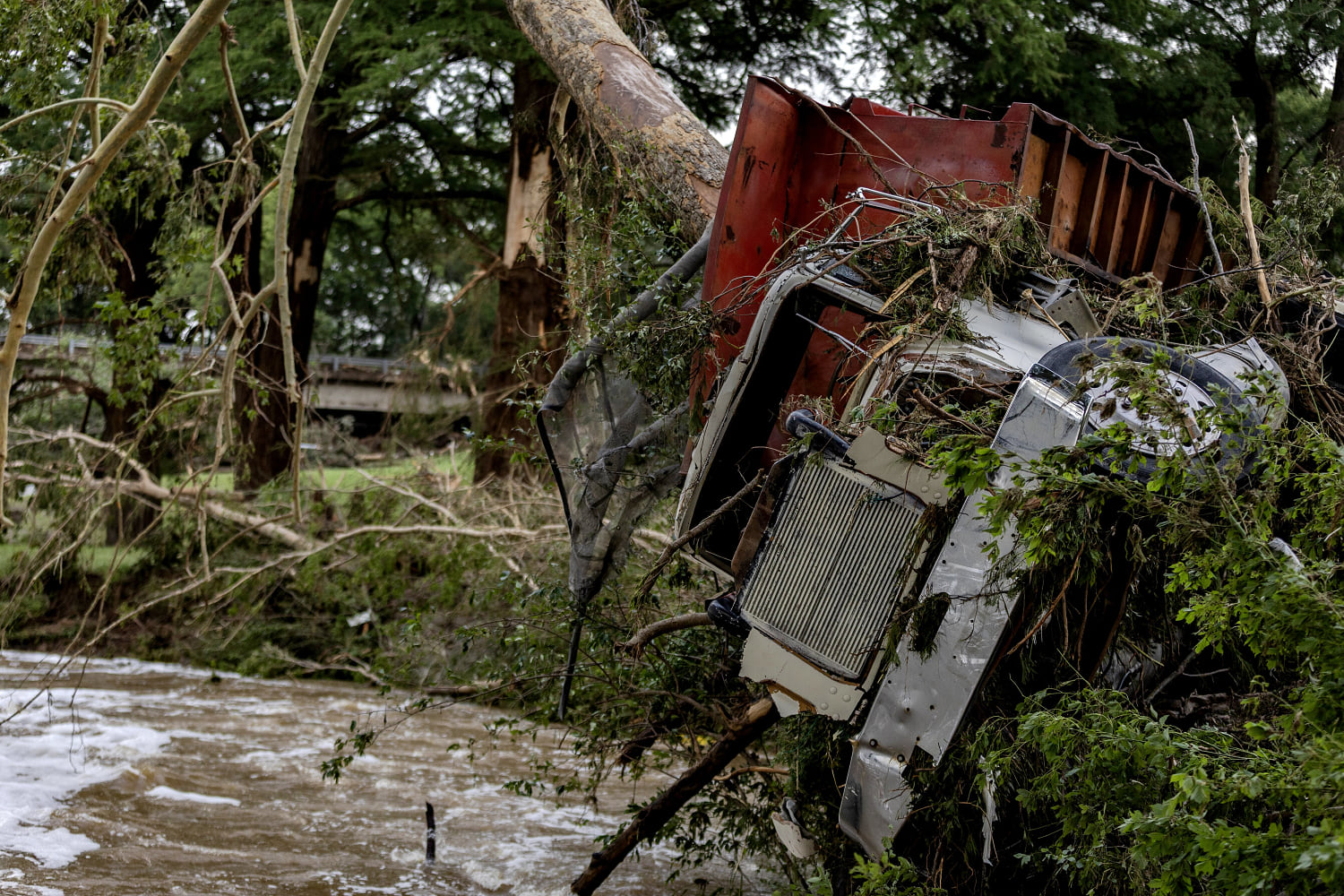
Heavy downpours like the one that sent floodwaters into Texas Hill Country summer camps are expected to grow more common.
On Friday morning, some areas near the Guadalupe River received several months of rainfall in just a few hours. Six to 10 inches of rainfall fell in about three hours, according to radar analysis by Alan Gerard, a meteorologist who wrote about the recent flood event. The region usually gets about 2.1 inches of rain, on average, in July and nearly 31 inches for a year, according to NOAA data.
The effects of such extreme rainfall were exacerbated by the Hill Country’s topography. Some call the area “Flash Flood Alley,” because rainfall flows quickly down its steep limestone hills and into suddenly overflowing rivers.
Scientists expect more intense rainfall events in the future as human fossil fuel use warms the atmosphere.
A warmer atmosphere can absorb — and deliver — more water, which means the likelihood of extreme precipitation is rising. For every degree of warming in Fahrenheit, the atmosphere can hold about 3%-4% more moisture. Global temperatures in 2023 were about 2.32 degrees degrees higher than the 20th-century average, according to National Oceanic and Atmospheric Administration data.
Intense rainfall events more likely as world warms, continued
In Texas, higher temperatures have already translated into more intense rainfall. In a 2024 report, Texas state climatologist John Nielsen-Gammon wrote that on average, “extreme one day precipitation has increased by 5% to 15% since the latter part of the 20th century” in the region. By 2036, Nielsen-Gammon wrote, he expected an additional increase of about 10% in rainfall intensity.
Daniel Swain, a climate scientist with the UCLA Institute of the Environment and Sustainability, said on the social media platform X that this was “precisely” the kind of rainfall event scientists expect to become more common in a warming climate.
“It’s not a question of whether climate change played a role — it’s only a question of how much,” Swain said.

Leave a Reply